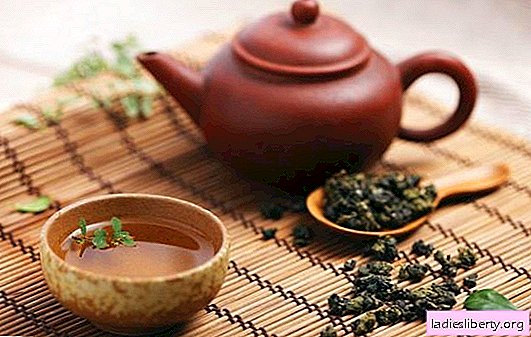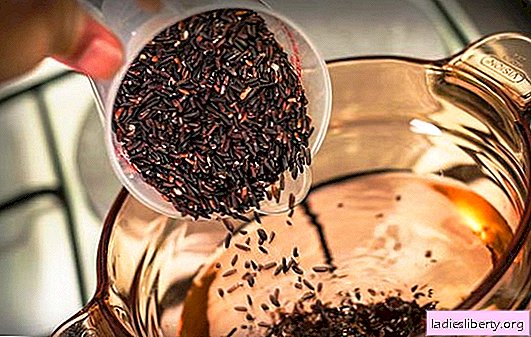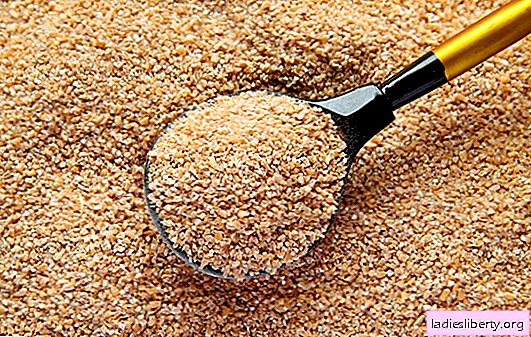
Feeding from jars is convenient, but not entirely economical. In addition, many parents have doubts about the quality of baby food and composition. If you have free time, why not cook for your beloved child yourself?
Features of the preparation of complementary foods
- The type of product and age of introduction of complementary foods should preferably be agreed with the pediatrician. This is influenced by a number of different parameters and features. It is impossible to determine in absentia the readiness of the baby to take solid food (that's what lure is called).
- Home-made complementary foods are always prepared immediately before use, it is undesirable to mash for future use, store for several days in the refrigerator. This threatens poisoning, indigestion, problems with the stool.
- For feeding, a product of the same type is always used. Mixes are offered to the child only after an individual acquaintance with each component of the dish.
- Dishes and utensils for preparing complementary foods need to be carefully processed, it is advisable to purchase a special detergent or pour boiling water over objects.
- The first lures usually have a consistency of weak mashed potatoes. Therefore, you can not do without a blender or strainer through which you can wipe boiled foods.
- The first complementary foods, regardless of the product used, are given to the child in a small amount. Usually start with 0.5-1 tsp. gradually increasing the portion.
Zucchini puree with milk

It is the zucchini that is recommended to be first introduced to the child’s diet. This vegetable is light, has no pronounced taste, does not cause allergies. It can be simply boiled on water or mashed with baby milk, which the child drinks. Sometimes replaced with a mixture.
Ingredients
- 120 g of peeled zucchini;
- 30 ml of milk or mixture;
- 50 ml of water;
- a pinch of salt.
Cooking method
- Cut the peeled zucchini into small cubes. Seeds need to be removed. Pour into a pan, add water.
- Put the vegetable on the stove, cover and boil until soft. Sometimes zucchini is steamed, it is even better.
- We put the boiled vegetable in a blender, leave the broth in the pan, chop.
- Add baby milk or a mixture, bring the zucchini to the desired consistency. To taste, introduce a little salt.
Salt is not always added to complementary foods. Some parents give their child a smoothie. This is a matter of personal taste, pediatricians disagree. In any case, salt is added in a minimal amount, just a few grains per serving.
Feeding broccoli

An example of vegetable food with broccoli without milk. Cauliflower is prepared in a similar way. White cabbage is not given to children of such an early age, since it is this species that provokes bloating in the intestines.
Ingredients
- broccoli;
- water;
- salt to taste;
- 3-5 drops of oil.
Cooking method
- Broccoli inflorescences must be thoroughly washed. It is advisable to hold the cabbage a little in the water, as insects can live inside. In addition, various contaminants and fertilizers that the vegetable could process were released into the water.
- Dip broccoli in a pot of boiling water, the liquid should cover the inflorescences. Boil for ten minutes. Pierce. Cabbage should reach readiness.
- We put broccoli in a blender, we do not need to add water yet. Whisk.
- Put a few grains of salt and add the broth, but in small portions. Whip again. We make a gentle and uniform mash of a liquid consistency.
- We shift the complementary foods into a bowl, introduce a few drops of vegetable unrefined oil, olive is great. Cool, offer the child.
In winter, baby food can be prepared from frozen inflorescences. The technology will not change, only cooking time will be slightly reduced. If broccoli or cauliflower are grown on their site, then they can be stored for future use. Also, if desired, freeze zucchini, pumpkin and other seasonal vegetables.
Rice porridge for feeding

Porridge is the most popular and satisfying complementary foods, which are usually prescribed for children with low or medium weight. If the baby grows well and quickly, it has excess body weight, then it is wiser to focus on vegetable complementary foods. Here is a variation of porridge made from rice flour.
Ingredients
- 25 g of rice flour;
- 150 ml of water;
- salt.
Cooking method
- Pour 100 ml of water into a saucepan. You can cook porridge with a mixture of water and milk. But more often, complementary foods begin with dairy-free options. Put the pan on the stove, let it boil.
- Mix rice flour with remaining cold water until smooth.
- Pour the rice mixture into boiling water, stir, add a little salt. Simmer for about five minutes.
- Remove porridge from the heat, cover, leave for ten minutes. Add a few drops of vegetable oil if desired.
If there is no flour, then you can cook porridge from whole cereals, and then simply grind it with a blender. It is important to remember that rice secures the stool. If the baby has problems without this cereal, it is better to give preference to buckwheat or corn porridge. They are prepared in similar ways, you just need to adjust the amount of water.
Compote: a great alternative to juice

In addition to cereal and vegetables, drinks also belong to complementary foods. Now there are a lot of opponents in natural apple juices. They have a lot of acid, and the quality of the products from the boxes leaves much to be desired. A great alternative is homemade apple compote.
Ingredients
- an Apple;
- 250 ml of water.
Cooking method
- Wash the apple and cut into small cubes, remove the stub, but leave the peel. There are a lot of useful substances in the skin.
- Pour apple into water. No need to use boiling water, otherwise the whole taste will remain in the fruit, take cold water. We put on the stove, cover. Cook until the apples are soft.
- Turn off the stove, cool the compote, then filter. Slices slightly squeeze.
- We offer compote to a child in a warm form. Sugar is not added to children's drinks. The first time we give no more than 20 ml. If the baby is already familiar with the apple, then boldly increase the number.
In the same way, you can cook compotes from other fruits. If the child suffers from diarrhea, then a pear will help out. With irregular stools and a tendency to constipation, compote from plums or dried prunes will help.











